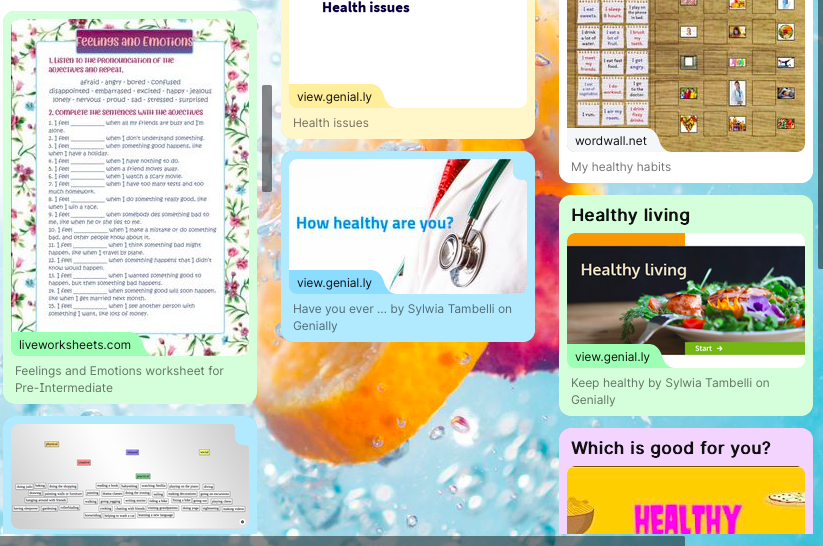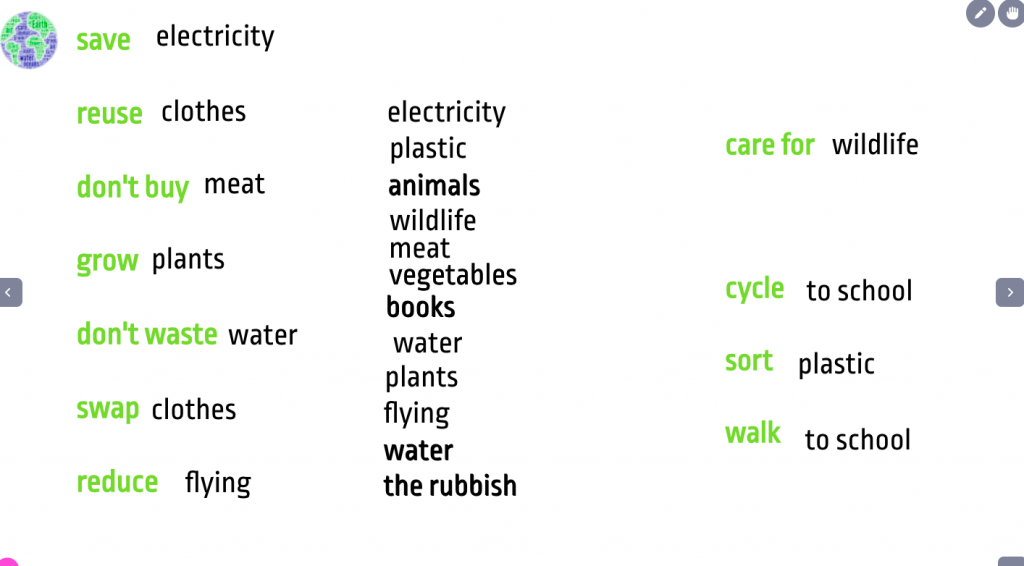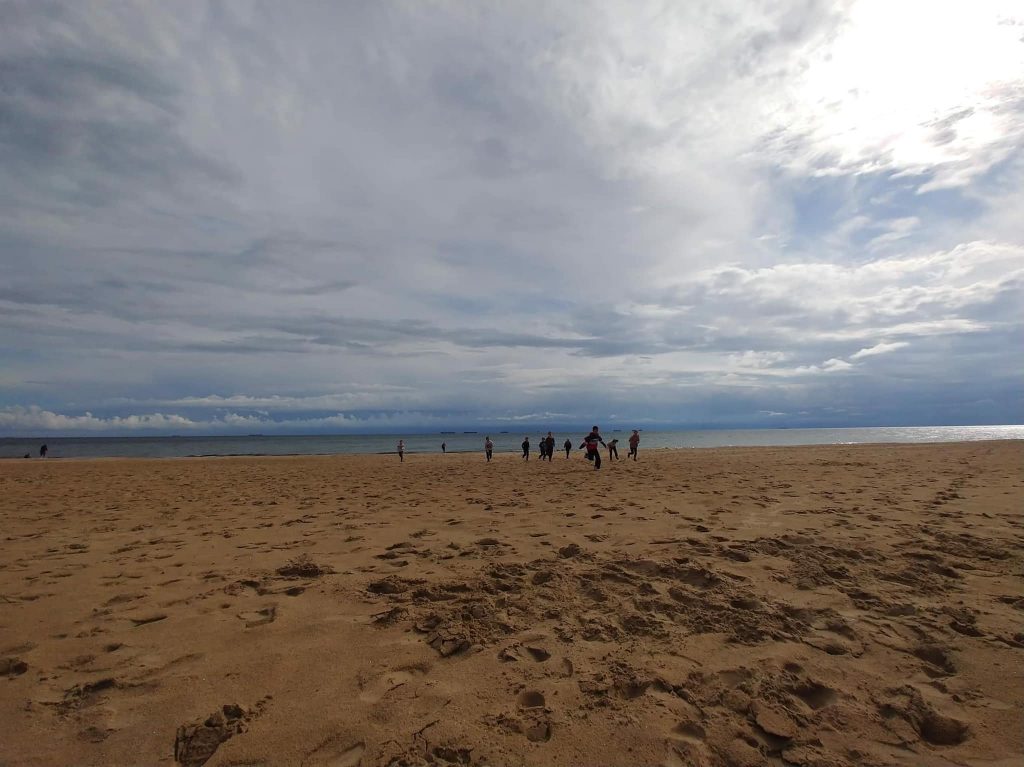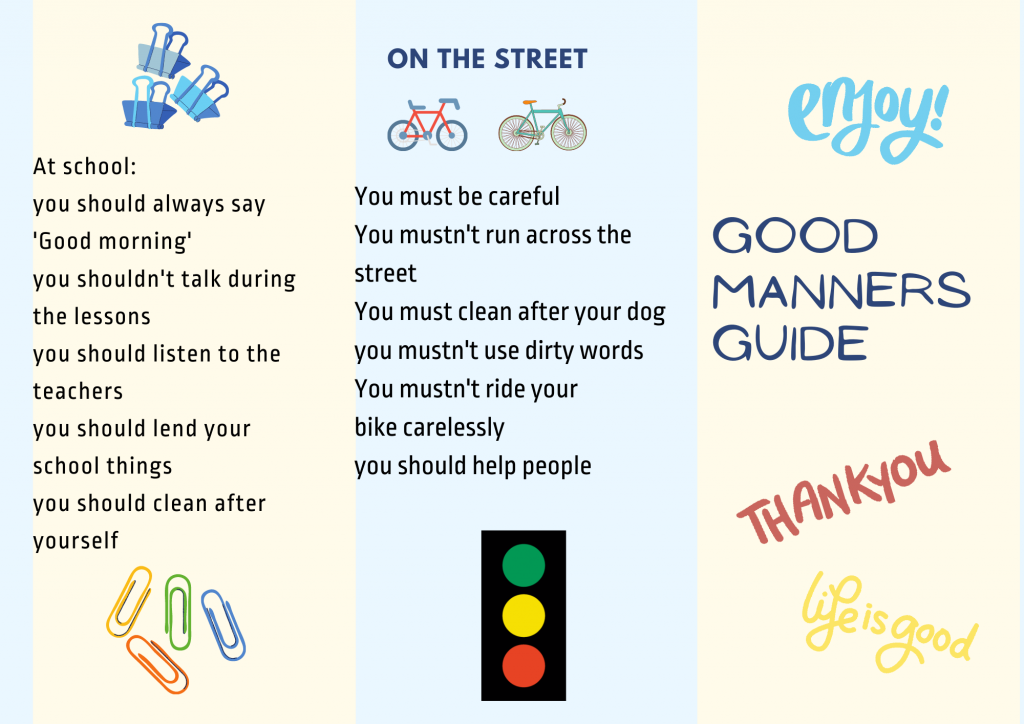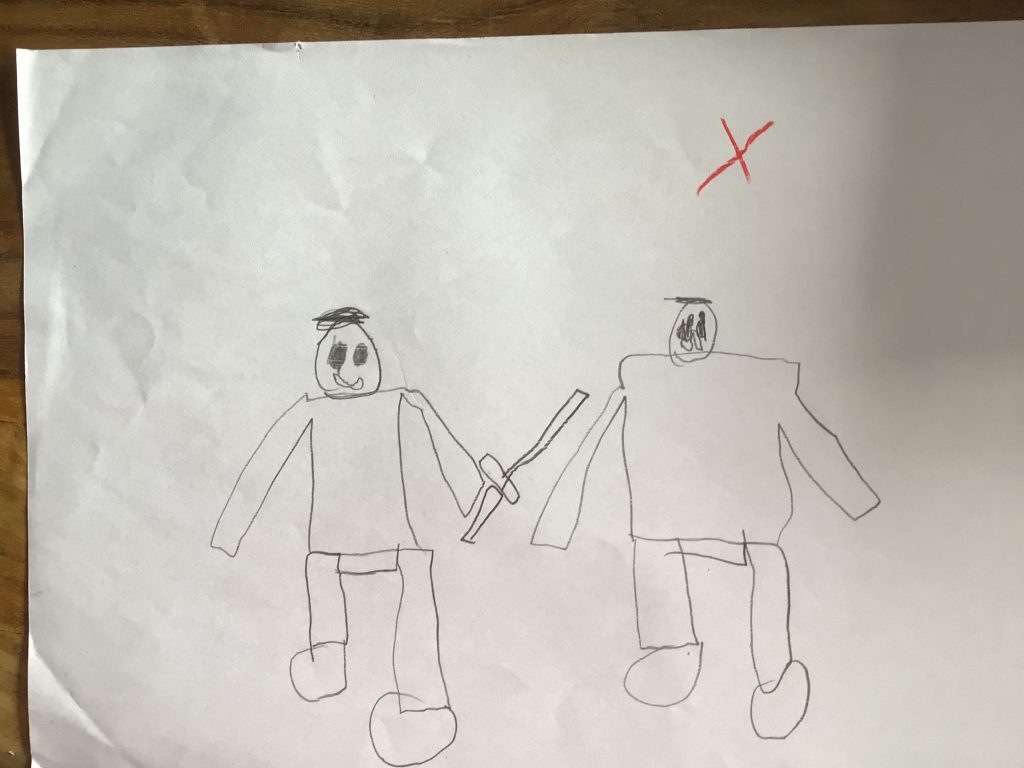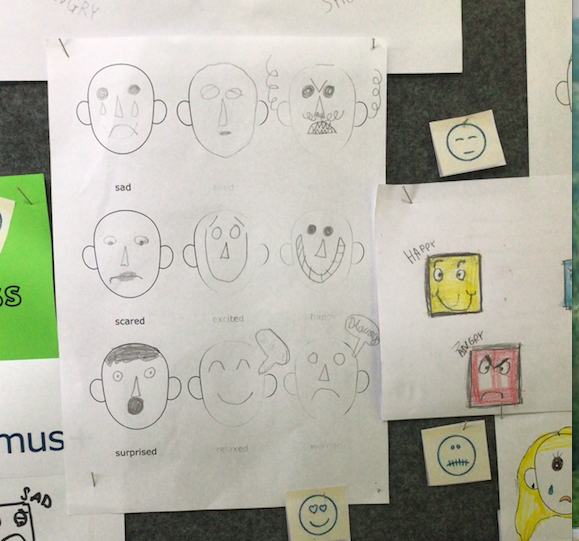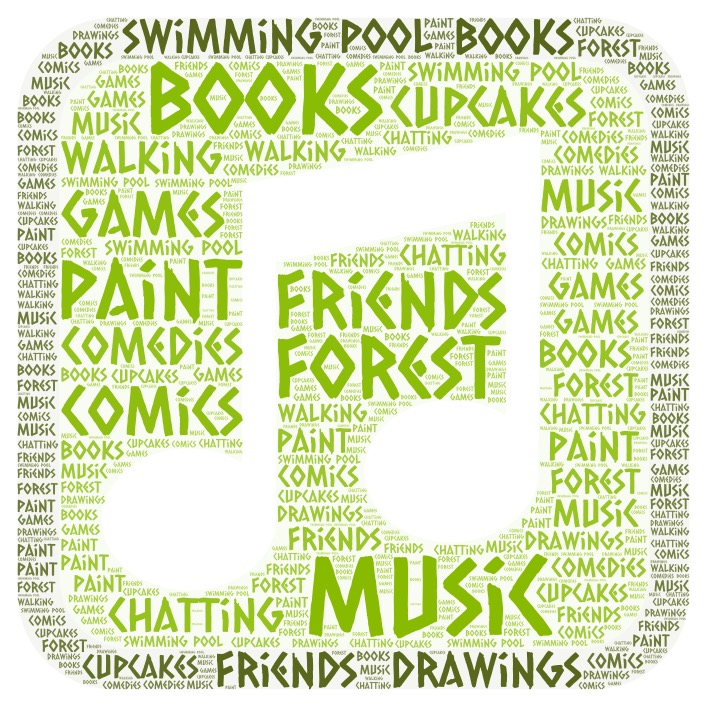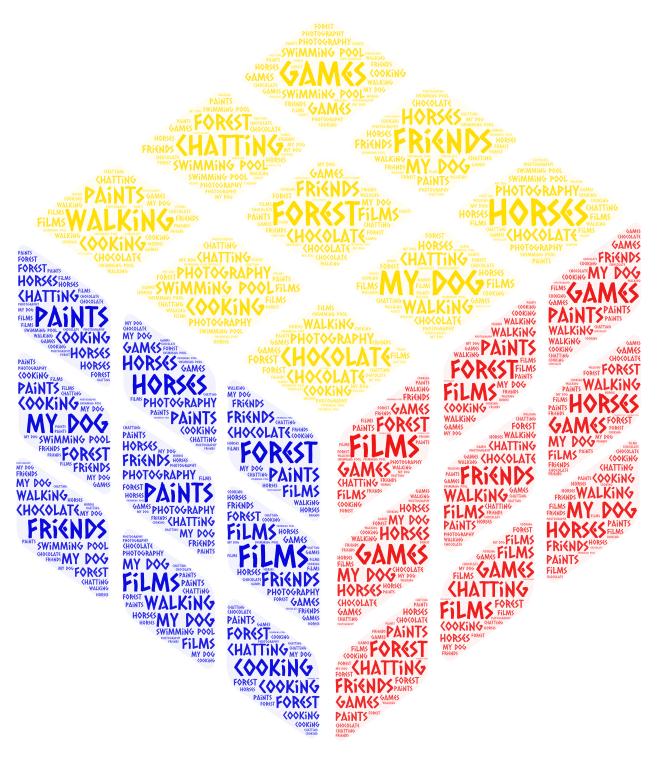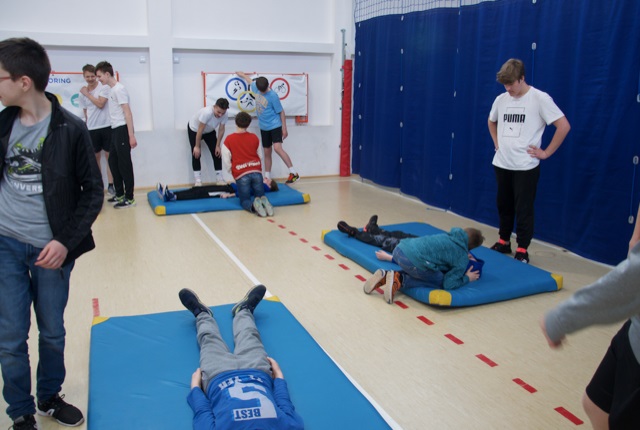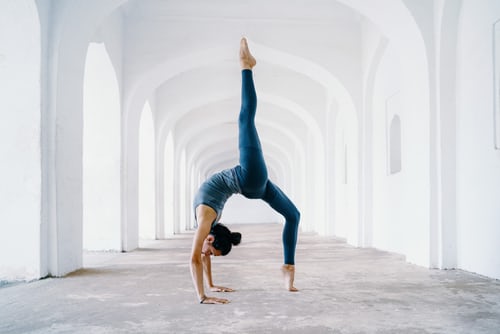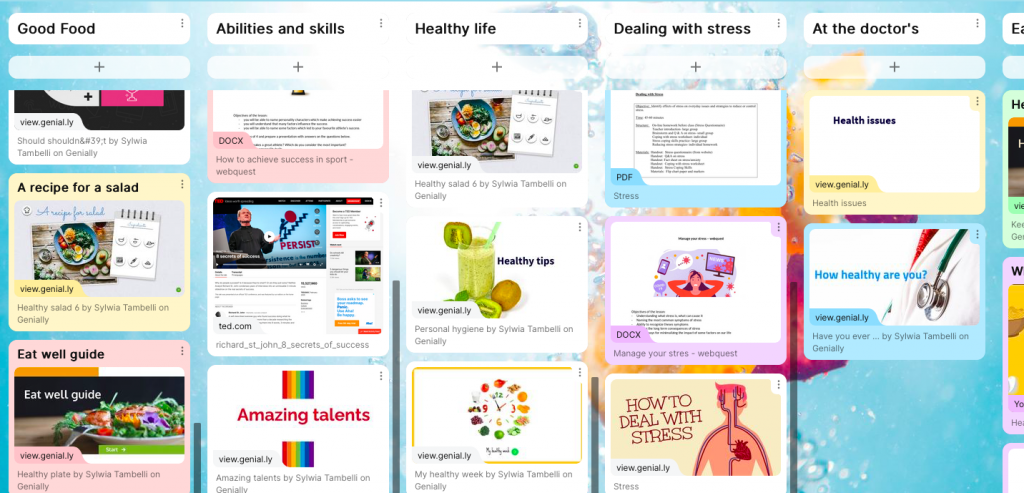
As the common product of the 3 years long project, whose aim was teaching how to create and maintain good habits, how to adopt new ways of life, manage our stress level and make our schools better, more approachable and pleasant places We decided to share the resources which were made throughout the duration of the project. This is a collection of presentations, worksheets, quizzes and other resources. Obviously, the building itself plays the essential role, but it is the teacher, his or her attitude, creativity and his or her stance on how to approach students, is the vital element of the process of learning. Here, all the collected materials can be used to make lessons more inspiring and interesting.
The reasons for sharing the collection: https://padlet.com/tambelli_sylwia/rerhg164zt0ktt65
- providing the ready to use material for thinking, writing, talking, and problem solving
- stimulating critical thinking
- developing key competences in foreign languages
- providing the context for teaching about adopting healthy habits
- exchanging good practices
- providing material for game based learning
- encouraging open communication, curiosity and exploration.





